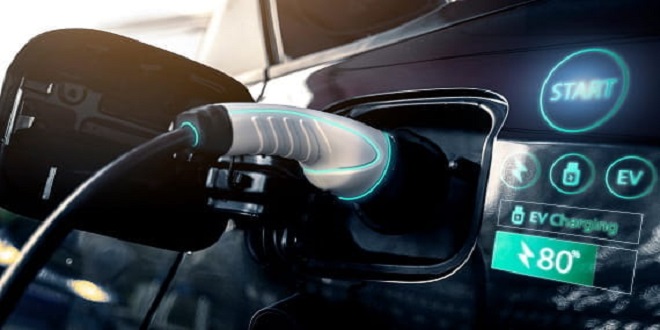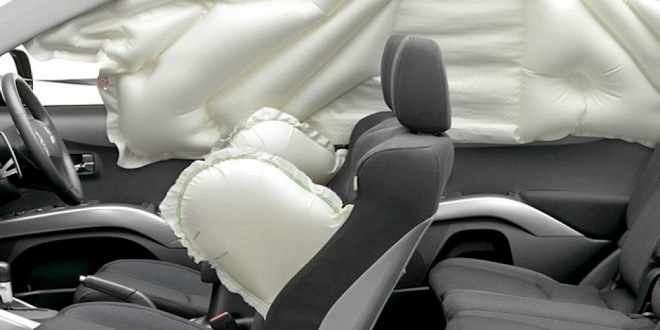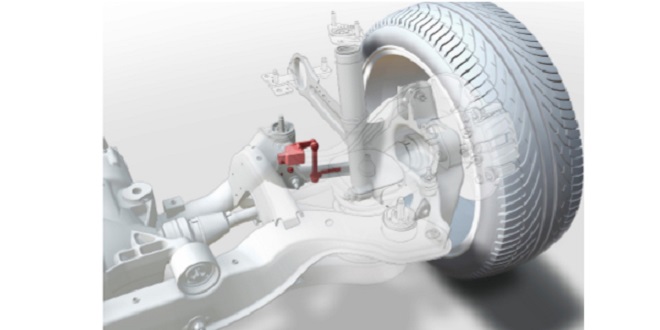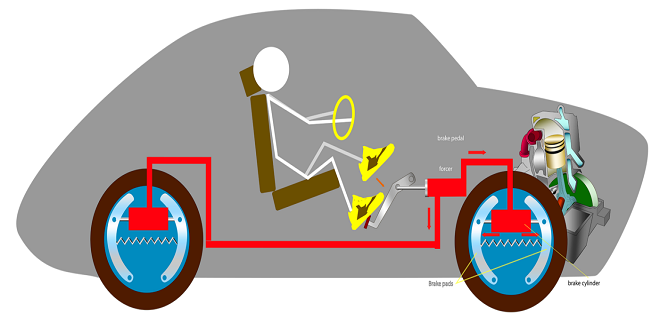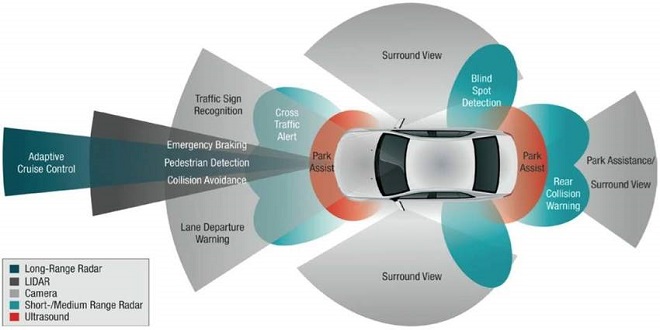Electric vehicles Electric traction
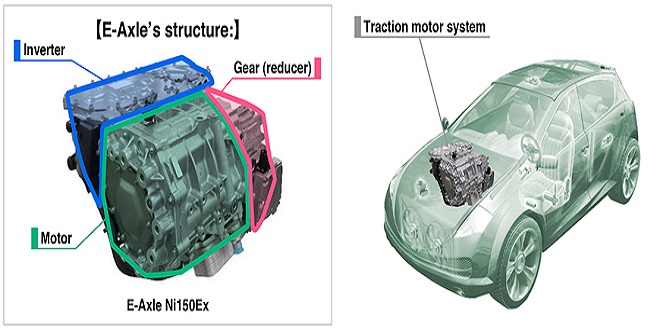
Introduction
The pressure to produce a non-fossil-fuel vehicle is increasing. Indeed, recent legislation has set the requirement for the production of zero-emission vehicles (ZEVs). The development of the electric vehicle is still in a state of flux (pun intended), but some major manufacturers now have electric vehicles available for sale to the general public.
In 1990, General Motors announced that its EV, the ‘Impact’, could accelerate to 100 km/h in just 8 s, had a top speed of 160 km/h (100 mile/h) and had a range of 240 km between charges. Running costs were about double the fossil-fuel equivalent but this cost was falling. The car was a totally new design with drag-reducing tires and brakes which, when engaged, act as generators (regenerative braking). The car was powered by a 397 kg array of advanced gel electrolyte lead-acid batteries (32 at 10 V) and two small AC electric motors to drive the front wheels. The recharging time was about 2 hours but this could be reduced to 1 hour in an emergency. This was very impressive, but things have moved on still.
The following sections look at some of the issues in more detail, but the subject of ‘electric vehicles’ could (and does) fill many books in its own right. This chapter is presented as an introduction to a technology that is certain to become a major part of the general motor trade. The ‘Case Studies’ section looks, amongst other things, at two EVs in current use
Electric drive vehicle layout
Shows the general layout in block diagram form of an electric vehicle (EV). Note that the drive batteries are often a few hundred volts, so a lower 12/24 V system is still required for ‘normal’ lighting and other systems. Some of the components shown are optional.
EV batteries
A number of options are available when designing the electric car but, at the risk of over-simplification, the most important choice is the type of batteries. Table 17.1 summarizes the current choice relating to batteries and will allow some comparisons to be made. Further details relating to some of these and other battery developments.
urgently the main advantage of lead-acid batteries is the existing mature technology, which is accepted by the motor industry. The disadvantage is their relatively low specific power. The sodiumsulphur battery is a good contender but has a far greater cost and new technologies are needed to cope with the operating conditions such as the high temperatures. Significant developments are occurring in relation to lithium-based batteries. However, most batteries in general use are lead-acid or nickel-based.
DC motor – separately excited shunt wound
The fields can be controlled either by adding a resistance or using chopper control in order to vary the speed. Start-up torque can be a problem but, with a suitable controller, can be overcome. This motor is also suitable for regenerative braking by increasing field strength at the appropriate time. Some EV drive systems only vary the field power for normal driving and this can be a problem at slow speeds due to high current
Last word
The DC motor is a well proven device and has been used for many years on electric vehicles such as milk floats and fork lift trucks. Its main disadvantage is that the high current has to flow through the brushes and commentator.

